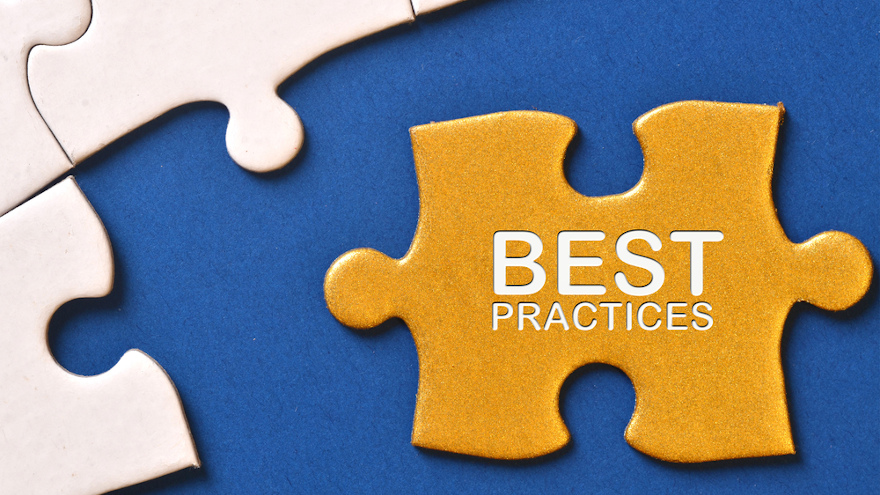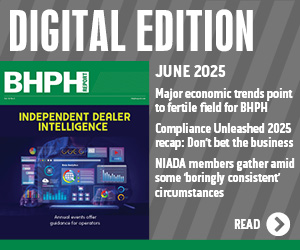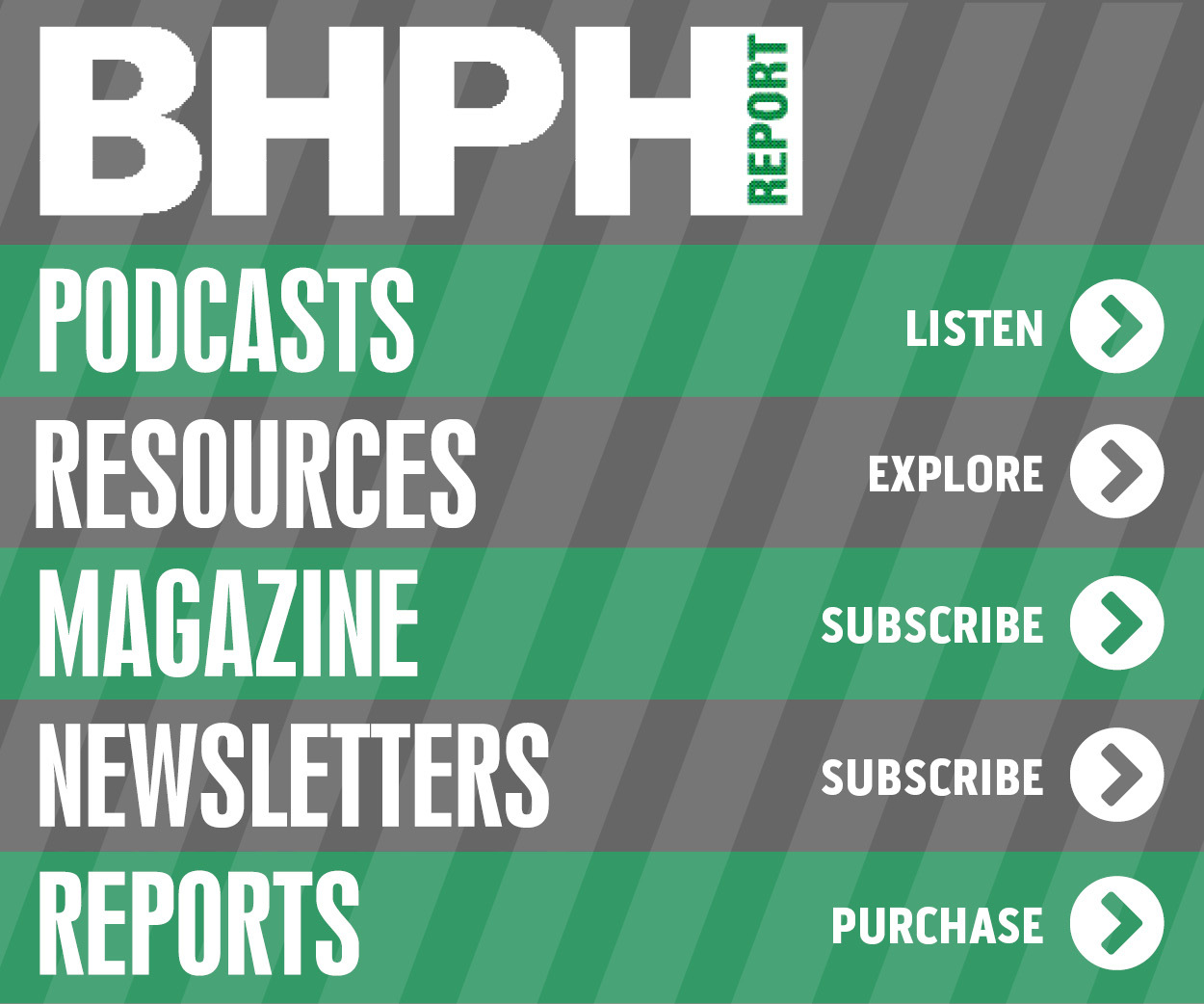COMMENTARY: Strategies for subprime market during challenging economic conditions applies to all

It’s a challenging time to be in the car market. A host of colliding economic factors have reduced new car production, limited dealer inventory and driven the cost of new and used vehicles to record highs. At the same time, buyers are being burned by inflationary pressures as rising interest rates have increased borrowing costs.
These factors force the average car buyer to make different choices than they would under normal circumstances. Some will put off their purchases until conditions improve. Others might opt for a different model to save money. Many buyers will bite the bullet and pay more.
However, subprime borrowers don’t have the same range of options. As a result, dealerships must develop new strategies to help these customers meet their transportation needs while remaining profitable.
While not every dealership serves subprime borrowers, the new learnings buy-here, pay-here dealerships have gleaned during this volatile time may also apply to traditional dealerships as more consumers feel economic pressures.
Subprime borrowers are being hit hard
Every automobile buyer is paying more these days.
According to Kelly Blue Book, in July, the average new car price in America was $48,334 — an increase of more than $10,000 from before the pandemic. Customers aren’t just paying more for their cars; they’re also paying more to borrow. Today, buyers with good credit could pay as much as 9% on a used car purchase, and buyers with troubled credit are paying much more.
As a BHPH dealership, we watch these market conditions impact our customers in real time. Since most of our buyers are subprime or deep subprime borrowers, they could pay as much as 20% for a car loan. Those rates make a new car purchase unrealistic at today’s high prices. This situation is unfolding across the industry as subprime borrowers fall out of the new car market. Before the pandemic, subprime borrowers made up 14% of new car sales, while deep subprime borrowers accounted for 10%. Last year, subprime borrowers were 6% of new car sales, and deep subprime borrowers were only 2%.
Choosing a used car is also increasingly difficult for buyers on the margins. Before the pandemic, my dealership purchased the late-model, low-mileage vehicles that came in as trade-ins at new car dealerships. This arrangement enabled us to offer our customers a good selection of reliable, low-mileage vehicles to choose from. But now, because new car inventories are limited and used car prices are high, many dealerships sell those cars themselves, leaving the BHPH customer with fewer options.
Subprime borrowers have different needs
These market conditions make an already difficult situation even more complicated for subprime borrowers. Typically, these customers have bankruptcies and repossessions on their credit records, which makes them a higher lending risk. Some of them also lack the financial knowledge that would help them avoid potentially disastrous borrowing decisions.
Successful lenders and dealerships in this space find ways to provide reliable cars at decent prices. That way, the borrower has a better chance of staying current on their payments on a vehicle with enough life left to outlast their loan term. But as today’s subprime borrowers are increasingly shut out of the new car market while simultaneously seeing fewer, less affordable options in the used car market, serving them well becomes even more difficult.
How Oak Motors is responding
The macroeconomic conditions impacting the automotive industry are largely out of the dealers’ control. However, challenging times such as these are an opportunity for every dealership to examine their operations with an eye for improvement. Early in 2023, our dealership spent time outlining how we would approach our business differently in the new year and began implementing changes in three key areas. These steps have helped us remain successful and may help other dealerships profitably serve customers in the subprime market.
Define and communicate our differentiators
Like most auto dealerships, we focus on helping our customers obtain credit and buy cars, which isn’t very remarkable on its own. However, we do so much more behind the scenes to give our customers a great buying experience and help them successfully rehabilitate their credit. Over the past year, we’ve focused on telling that story more clearly to prospective customers so they understand the benefits of working with us over our competitors.
Every dealership likely has something unique to offer subprime buyers. Defining and effectively communicating those differences to your customers will help you win more business in a competitive market.
Align customer expectations
Most BHPH buyers come to us with past credit challenges, which makes them a higher-risk group to work with. Over the years, we’ve developed processes and programs that help mitigate many of those risks.
But in the face of current market conditions, we’ve decided to focus more energy on communicating with potential customers about their responsibilities within our system and our capacity to support them along the way. We’ve found that customers who are willing to participate in the process are much more likely to become successful borrowers.
As you navigate this period of uncertainty, it may be helpful to define your ideal customer and focus on helping them rather than pursuing those who may miss the mark.
Deploy available resources more strategically
Every business has to make decisions about how it allocates limited resources. Over the last year, we’ve defined the most critical areas of our success and aligned spending to support customer service and revenue generation. This process also involves reducing expenditures in places that don’t support our core business efforts.
Those decisions can be difficult at times, but they’re imperative in the face of significant economic headwinds.
BHPH buyers impacted most
It’s unclear how long current market uncertainty will last. However, subprime buyers will likely suffer more than most due to record-high costs and limited vehicle selection. In the meantime, traditional consumers could fall into risky financial territory.
Drawing from how ethical BHPH dealerships pivot their operations to serve the subprime market better may inspire traditional dealerships looking to protect vulnerable customers, whether or not they fit the subprime description. With such uncertainty, any dealer could find value in discovering new ways to support people on the margins facing significant challenges in meeting their transportation needs.
Tiger Okeley is the owner of Oak Motors, a family-operated buy-here, pay-here dealership that has been operating in central Indiana for more than 35 years.


